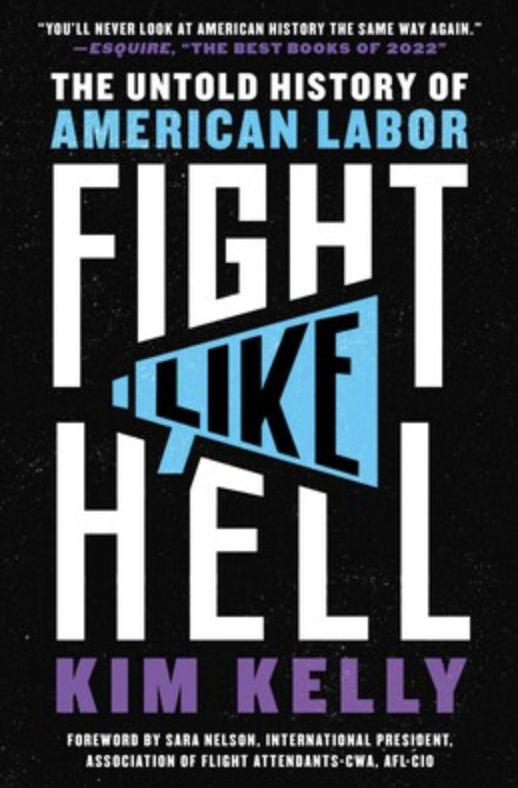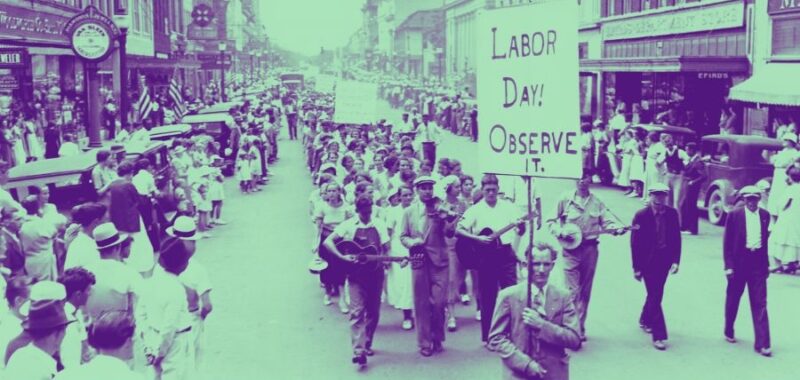This past year has been an incredibly exciting one for the American labor movement. All across the country, workers have been organizing, fighting, and winning, and the momentum that began to build back in 2020 hasn’t slowed for a moment. The latest Gallup poll revealed that unions have a 70 percent approval rating, an historic high, and the younger generation has embraced the movement with particular fervor.
Article continues after advertisement
The Biden Administration’s pro-worker rhetoric and strategic approach to staffing important agencies like the Department of Labor and National Labor Relations Board (shout out to General Counsel Jennifer Abruzzo) has brought some welcome relief from the virulently anti-labor Trump era, and more workers than ever are filing for union elections (and winning). Starbucks United workers brought the coffee giants to the bargaining table, the Amazon Labor Union officially joined forces with the Teamsters, and tens of thousands of graduate student workers unionized. Federal standards to protect coal miners and workers who labor in extreme heat finally inched closer to implementation, and dancers in Washington State organized to win a Strippers’ Bill of Rights.
Thanks to years of work by UNITE HERE, the Las Vegas Strip is now 100 percent union, and the United Auto Workers notched an electrifying victory in Chattanooga, Tennessee when workers at the Volkswagen factory voted to unionize. Six major unions took a stand by forming the National Network for a Ceasefire, joining hundreds of other unions in calling for an end to Israel’s assault on Gaza; in September, the Flight Attendants (AFA-CWA), Postal Workers (APWU), Painters (IUPAT), National Education Association, Service Employees (SEIU), the Auto Workers (UAW), and the Electrical Workers (UE) called on the Biden administration to halt arms sales to Israel. Rank-and-file workers throughout the country have rallied, walked out, and occupied space to protest genocide and demand justice, and shown solidarity with people fighting for abortion access, queer and trans liberation, Black lives, and a litany of other important social and political causes.
It hasn’t all been roses and righteousness, of course. Corporate leviathans and crunchy nonprofits alike continue to do their damnedest to bust union drives, underpay workers, and avoid life-saving regulations, and their bought-and-paid-for allies in Congress have continued to make it easy for them to do so. The conservative Supreme Court struck a harsh blow against workers by issuing a number of decisions that will make it harder to enforce labor laws, and right-to-work laws and other anti-worker legislation continue to make it difficult for workers to unionize in many states.
Interest in unions is way up but union density continues to fall. Both Democrat and Republican politicians have continued to fail to hold union-busting companies to account and to pass any meaningful legislation to raise the minimum wage, provide workers with paid parental leave and sick leave, or make it easier for them to form or join unions.
Both the Harris and Trump campaigns have courted union members with varying degrees of success. Harris has received endorsements from the vast majority of major unions, while Trump and his hapless running mate, Silicon Valley venture capitalist JD Vance, have struggled to balance their actual anti-worker positions with the campaign’s desperate need to attract working class voters. It’s obvious that a Harris win would be a net gain for labor and a Trump presidency would erase much of the progress the movement has made in the past several years, which is a major reason why so many of labor’s leaders have thrown their weight behind the VP.
If the Democrats pull this thing off, they will owe a massive debt to labor, and specifically to the union members who have volunteered their time and energy to knock doors and get out the vote for Harris. Politicians have a habit of ignoring labor and our needs and priorities until they need us—and that’s something that’s going to have to change if they expect us to keep showing up.
_______________________

Kim Kelly’s Fight Like Hell is available now.

